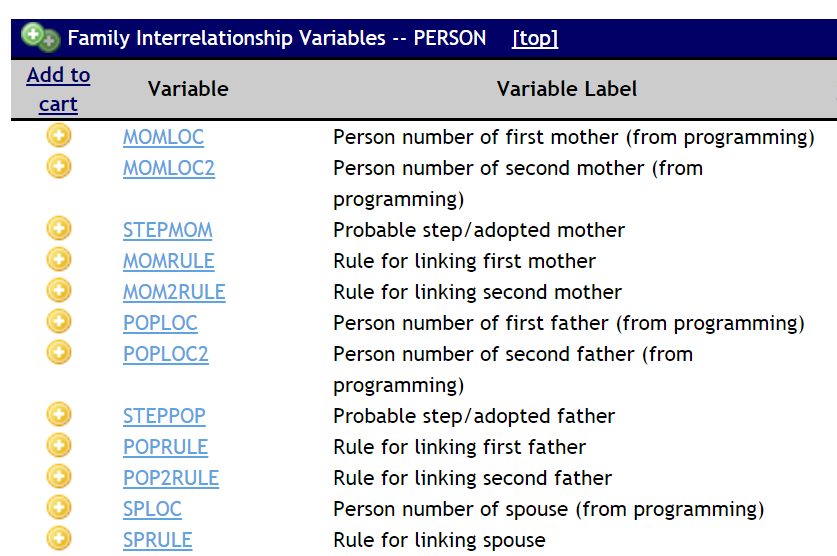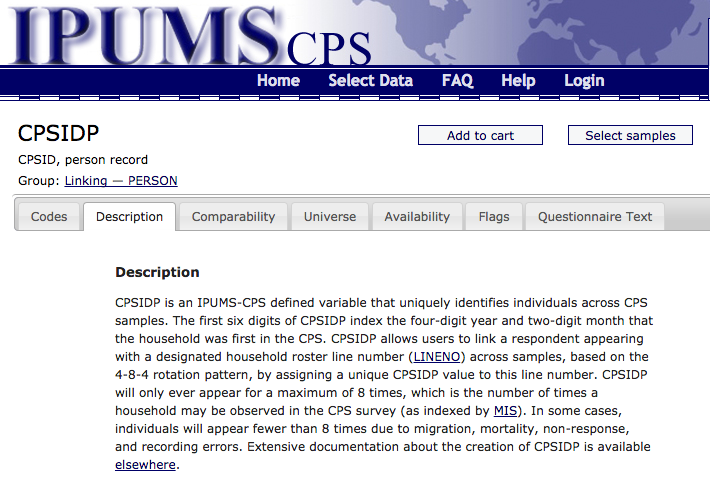By Renae Rodgers
The panel component of the Current Population Survey and new Longitudinal Extracts
Did you know that the Current Population Survey (CPS) – an important source of information on unemployment, poverty, and many other topics – has a panel component? If you didn’t, you’re not alone. The CPS rotation pattern is complex and can be difficult to work with. In fact, IPUMS CPS has held multi-day workshops intended to introduce researchers to the CPS panel component, help them understand the rotation pattern, and show some convenient IPUMS CPS features that make working with CPS panel data a little easier. If you’re completely new to the CPS panel, check out the materials from our latest workshop!
Maybe you did know about the CPS panel component, but looked at the complex rotation pattern, the Census Bureau guidelines and linking keys, and decided that this was for the birds. If this sounds like you, then our newest IPUMS CPS feature may be right for you! IPUMS CPS users can now download CPS-ASEC panels that contain two observations per person across a one-year period as longitudinal extracts. The rest of this blog post will explain what you are getting when you make a CPS-ASEC longitudinal extract and will walk you through how to create one for yourself.



